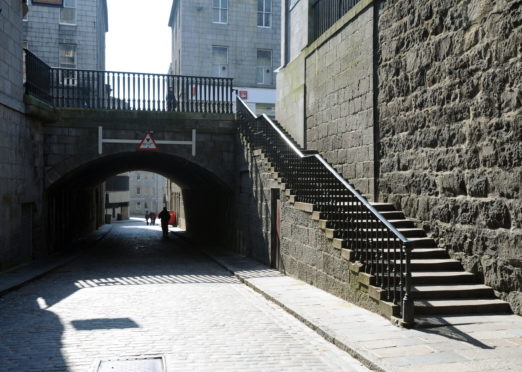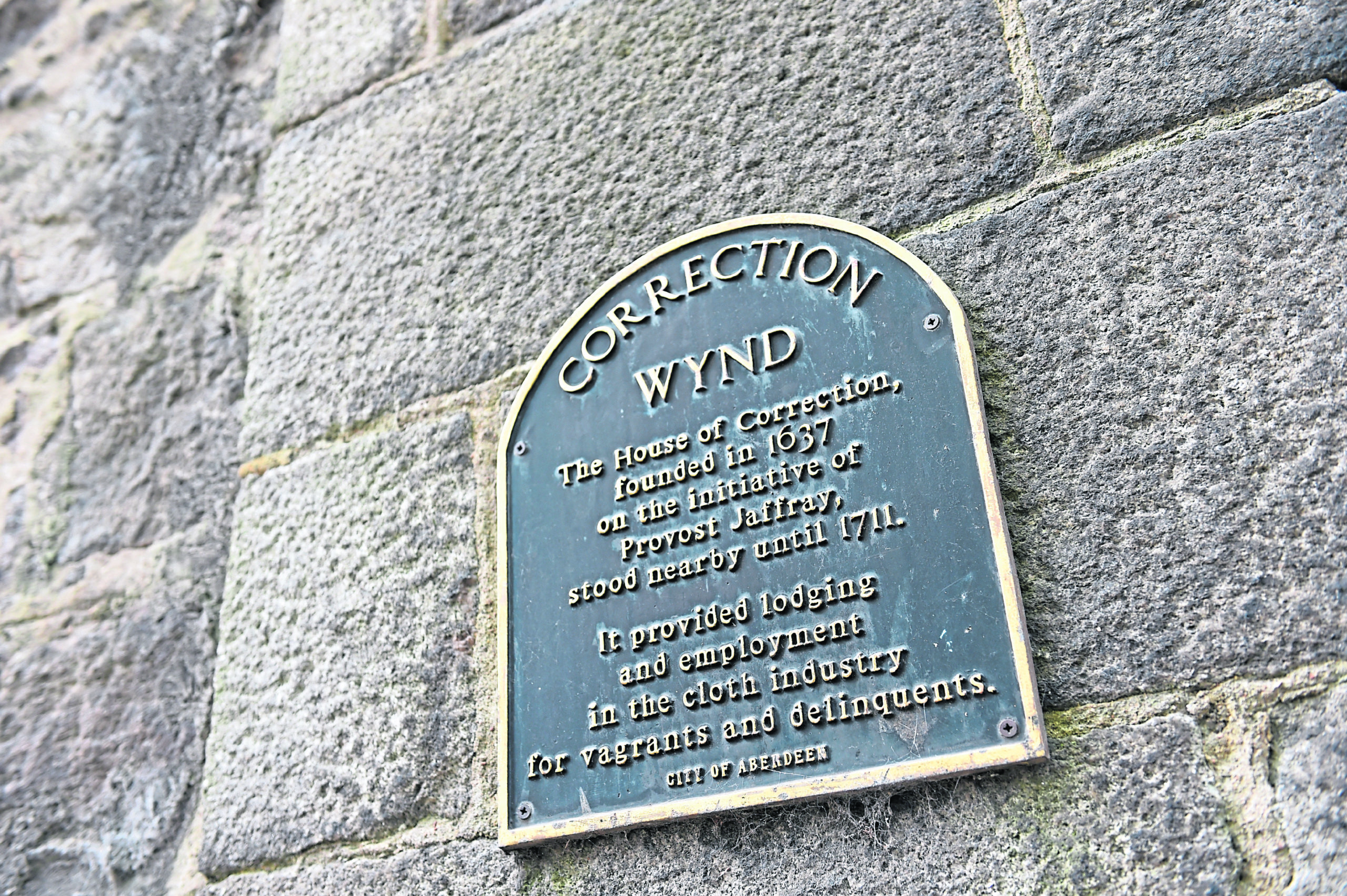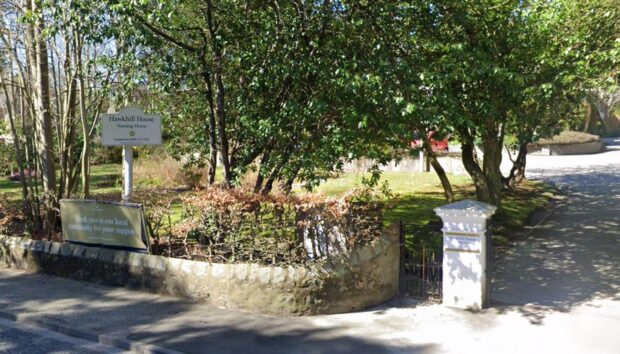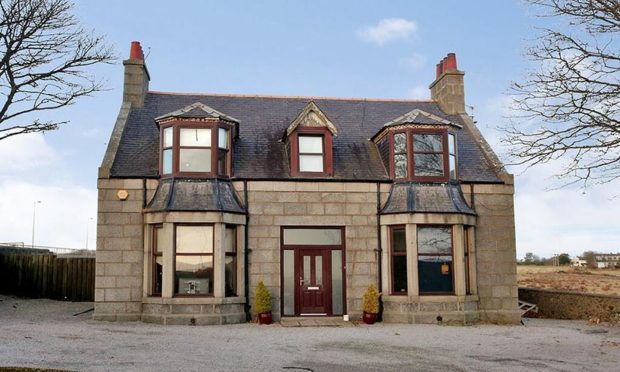The history of Aberdeen’s infamous House of Correction has been unveiled by the city’s archivists.
The House of Correction, which was set up in 1636, is the subject of an in-depth blog post by Aberdeen City and Aberdeenshire Archives.
It comes after details of the House’s inmates and their crimes were discussed at a talk on women and crime delivered as part of Granite Noir in February.
Senior archivist Katy Kavanagh explained the purpose of the poorhouse, which was set up by the Kirk Session and the Bailies of Aberdeen.
She said: “The House of Correction was half jail, half poorhouse. Some of the inmates were placed there as a means of punishment and for others it was effectively a roof over their head because they were poor.
“They had to work in return for accommodation and food by manufacturing coarse cloths.
“The site housed 20 people – 10 poor “volunteers” and 10 people sent there for punishment either by the Kirk Session or the Bailies on the council. It was a mixture of civil and church offenders being placed in there.
“A lot of the crimes, because it was the Kirk Session sending them there, were to do with sex outside of marriage and adultery.
“The men weren’t imprisoned for sexual crimes as much as women, so they were punished for begging crimes or theft.”
The Incarceration Book gives further insight into those put to the House of Correction, in Correction Wynd.
Once convicted, an offender could be punished in a variety of ways. From the 16th to the 18th centuries this would frequently involve some form of public humiliation such as being made to wear sackcloth or to occupy the ‘stool of repentance’ in front of the congregation. Fines were also exacted on offenders.
Keep up to date with the latest news with The Evening Express newsletter
In 1637, Catherine Reid was incarcerated for pykerie – or stealing – and whoredom, according to accounts. She was punished by whipping after attacking another inmate.
Meanwhile inmate Nan Braine, of Old Aberdeen, was described as a scold – or gossip – who was sent to Correction House as a “misregarder of her master”.
Katy added: “Of the cases in the House of Correction Incarceration Book only an eighth of the cases sent by the Session were men.
“It’s likely that men would be more able to pay the Session’s fines, but this figure also suggests something of perceptions of women in 17th century Aberdeen and their perceived responsibility for sexual crimes.
“There are also a couple of cases where the parents of the offender placed them there, usually for disobedience.
“Elspet Innes was placed in the House by her mother rather than the civil or church authorities for not obeying the rules.”
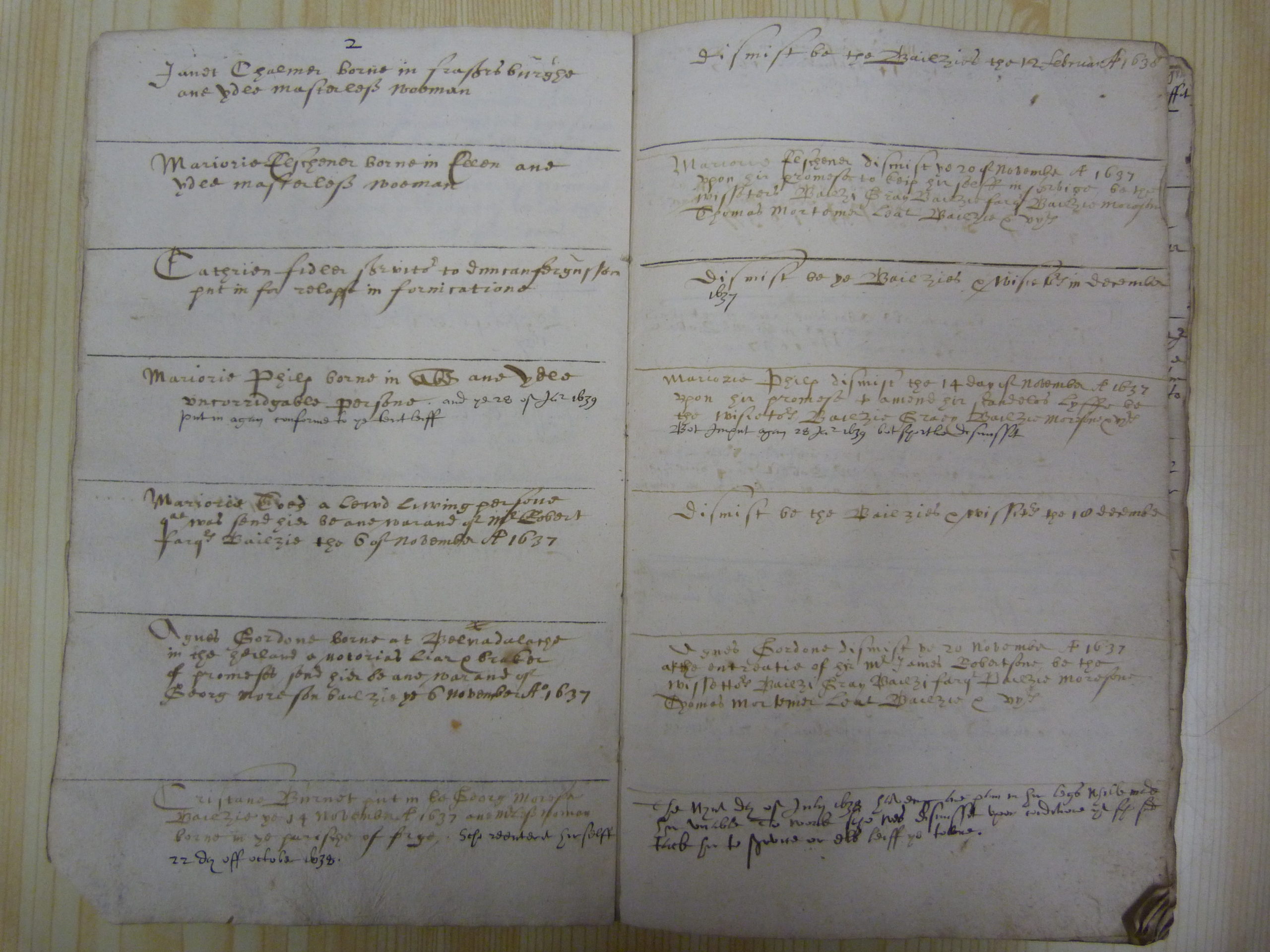
The Incarceration Book covers the years of 1637 to 1641, and contains details about 103 individuals, some of whom are repeat offenders.
However, there are two pages missing which remains a mystery.
Katy added: “The actual Incarceration Book is in the Aberdeen county collections which is a bit odd because it is all about the city records.
“It is possible somebody has taken it away and it’s ended up in the Shire collections, but this was centuries ago.
“It only came into our custody in the archives in the 70s or 80s so it is difficult to tell what’s happened to it prior to that date.
“It’s frustrating because the pages don’t match up.”
The House of Correction was sold in 1711, with a plaque marking the spot where it once stood on Correction Wynd.
